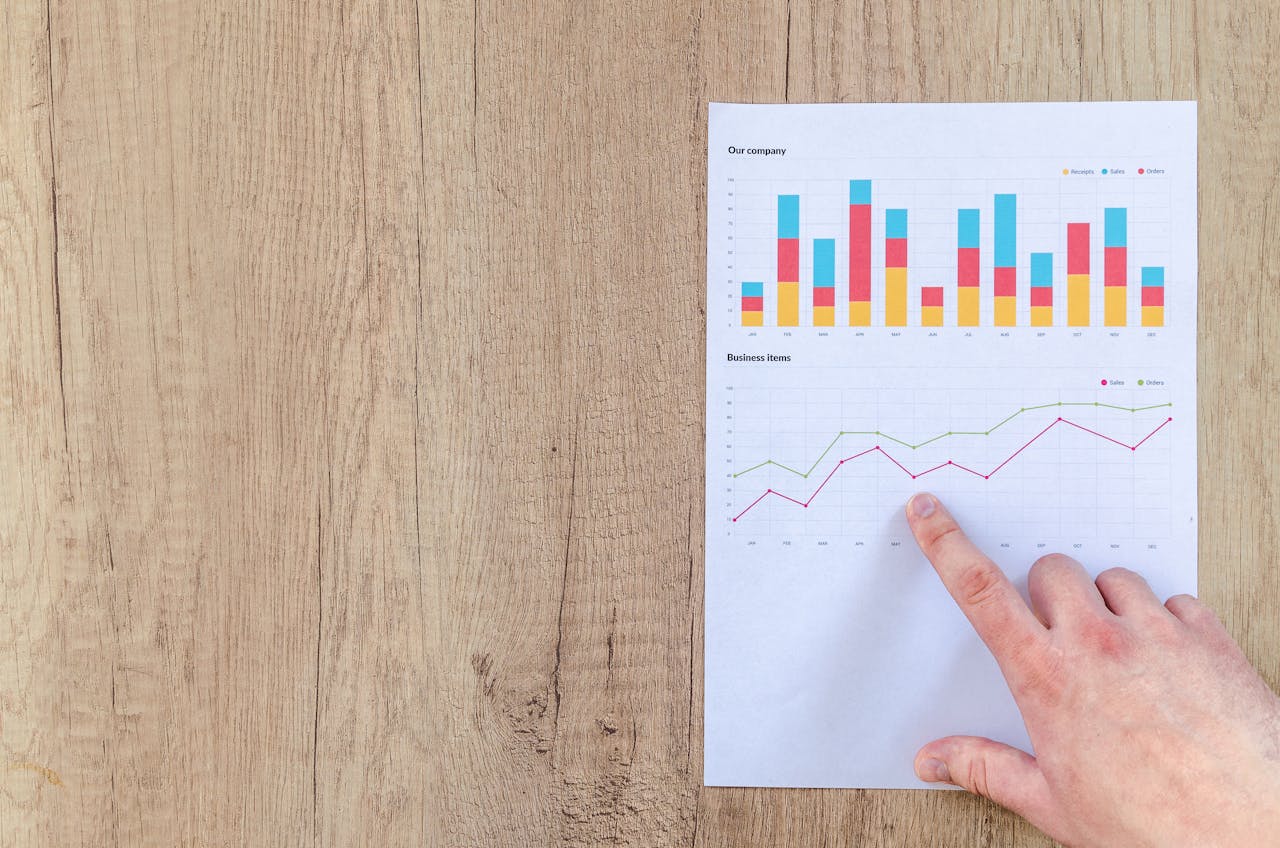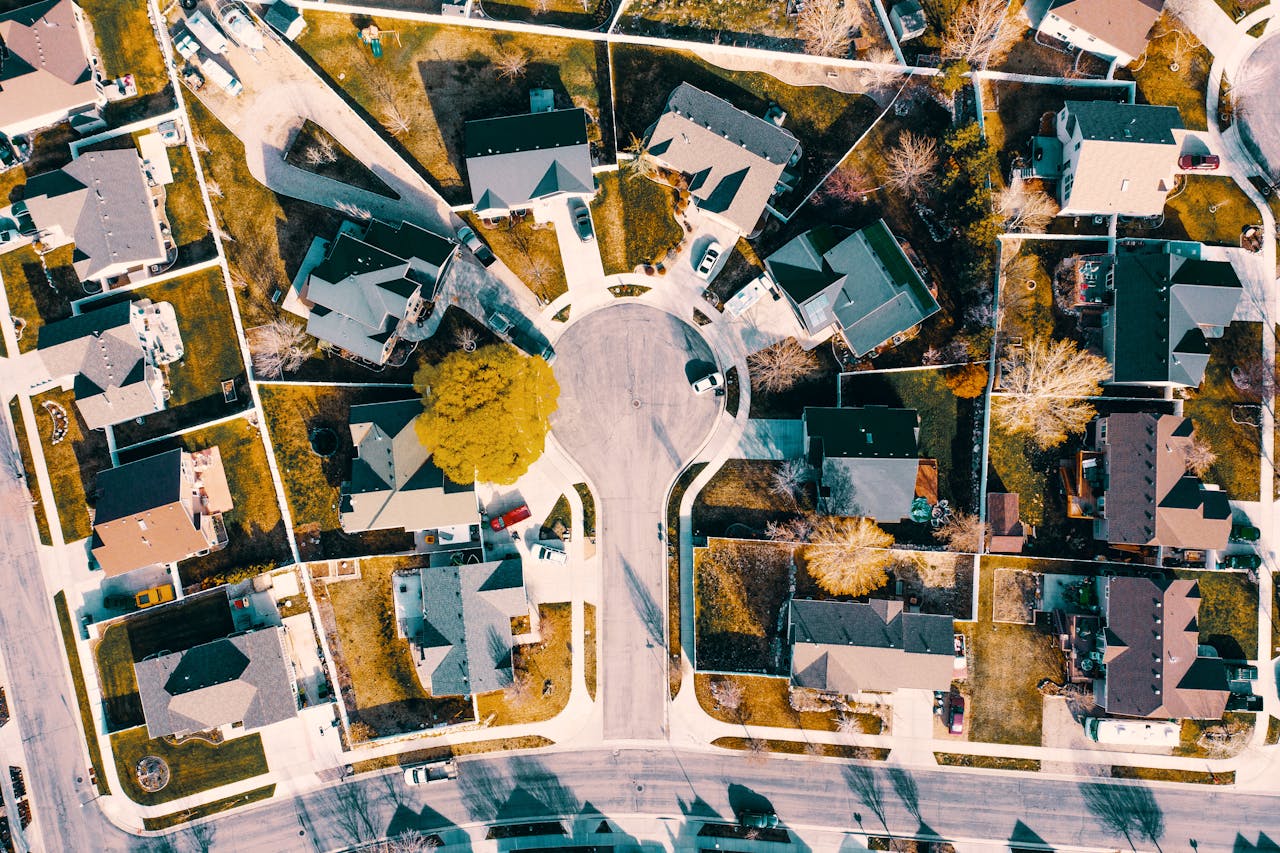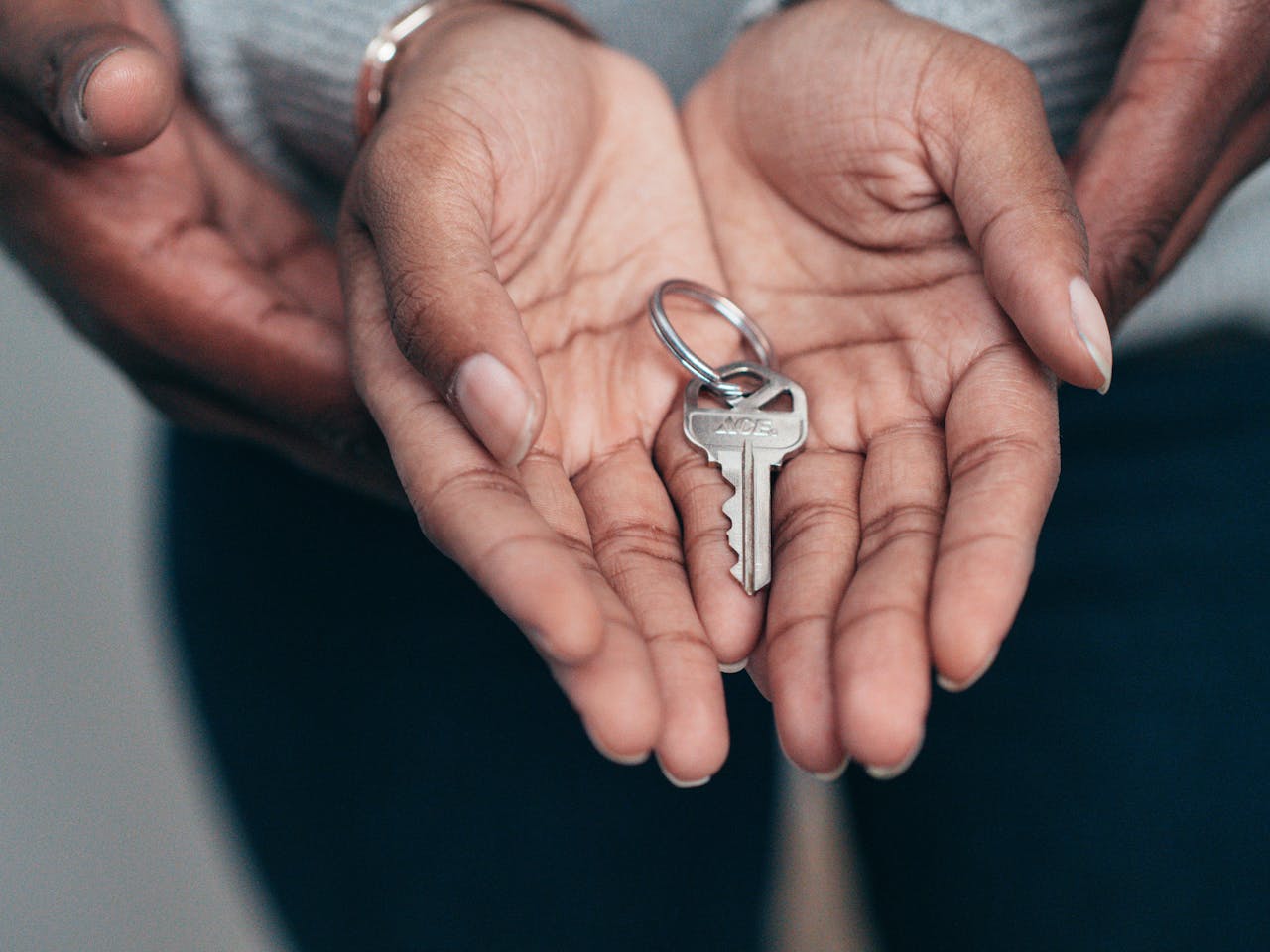7 key Reasons Home Prices Explode When Interest Rates Fall
 The relationship between interest rates and home prices is a fundamental aspect of the real estate market. Historically, changes in interest rates have had significant impacts on housing prices. When interest rates fall, the cost of borrowing decreases, leading to a ripple effect throughout the housing market. This creates a unique dynamic where various factors converge to drive up home prices. Here are seven reasons why home prices are very likely to rise when interest rates fall.
The relationship between interest rates and home prices is a fundamental aspect of the real estate market. Historically, changes in interest rates have had significant impacts on housing prices. When interest rates fall, the cost of borrowing decreases, leading to a ripple effect throughout the housing market. This creates a unique dynamic where various factors converge to drive up home prices. Here are seven reasons why home prices are very likely to rise when interest rates fall.
1. Increased Affordability for Borrowers

When interest rates decrease, the cost of borrowing money becomes cheaper. Lower interest rates translate into lower monthly mortgage payments for homebuyers. This increased affordability enables more people to enter the housing market, driving up demand. With more buyers able to afford homes, the competition for available properties intensifies, leading to an increase in home prices. For example, consider a homebuyer looking to purchase a $300,000 home. If the interest rate drops from 4.5% to 3.5%, the monthly mortgage payment decreases significantly. This reduction in cost makes homeownership more accessible to a larger pool of potential buyers, thereby boosting demand and pushing prices higher.
2. Higher Loan Approval Rates

Lower interest rates typically lead to higher loan approval rates. Lenders are more willing to approve loans when the cost of borrowing is lower, as the risk associated with lending decreases. As a result, more prospective buyers can secure financing to purchase homes. The increased availability of credit drives up the number of buyers in the market, contributing to rising home prices. Additionally, lower interest rates can also lead to a surge in refinancing activity. Homeowners who refinance their existing mortgages at lower rates often have additional disposable income, which can be invested back into the housing market, either through purchasing a new home or making home improvements that increase property values.
3. Investment Appeal of Real Estate

Real estate is often seen as a safe and lucrative investment, particularly when interest rates are low. Lower borrowing costs make real estate investments more attractive compared to other investment options. Investors seeking higher returns may turn to real estate, driving demand for residential and commercial properties. This influx of investment capital can lead to a rise in home prices. Moreover, low interest rates can lead to a decrease in returns on traditional investment vehicles such as bonds and savings accounts. As investors seek higher yields, they may shift their focus to real estate, further increasing demand and pushing up home prices.
4. Economic Growth and Consumer Confidence
 Falling interest rates are often a response to economic policies aimed at stimulating growth. When interest rates are low, businesses and consumers are more likely to spend and invest. This economic activity can lead to job creation, higher incomes, and increased consumer confidence. As people feel more secure about their financial situation, they are more likely to invest in homeownership, driving up demand and home prices. For instance, during periods of economic expansion fueled by low interest rates, more individuals may feel confident in their job stability and future earning potential. This confidence can translate into a willingness to take on a mortgage and purchase a home, contributing to rising home prices.
Falling interest rates are often a response to economic policies aimed at stimulating growth. When interest rates are low, businesses and consumers are more likely to spend and invest. This economic activity can lead to job creation, higher incomes, and increased consumer confidence. As people feel more secure about their financial situation, they are more likely to invest in homeownership, driving up demand and home prices. For instance, during periods of economic expansion fueled by low interest rates, more individuals may feel confident in their job stability and future earning potential. This confidence can translate into a willingness to take on a mortgage and purchase a home, contributing to rising home prices.
5. Limited Housing Supply

The supply of housing plays a crucial role in determining home prices. When interest rates fall and demand for homes increases, the existing housing supply may struggle to keep pace. This imbalance between supply and demand can lead to a surge in home prices. In many markets, the construction of new homes takes time, and there may be regulatory or logistical constraints that limit the speed at which new housing can be developed. As a result, the increased demand driven by lower interest rates can quickly outstrip the available supply, causing home prices to rise.
6. Inflationary Pressures

Low interest rates can contribute to inflationary pressures in the economy. As borrowing becomes cheaper and consumer spending increases, the overall demand for goods and services rises. This increased demand can lead to higher prices across various sectors, including housing. Inflation erodes the purchasing power of money, meaning that the same amount of money buys fewer goods and services over time. As a result, people may rush to invest in real assets like real estate to hedge against inflation, further driving up home prices.
7. Psychological Factors and Market Sentiment

Market sentiment and psychological factors play a significant role in the real estate market. When interest rates fall, it creates a perception that the market is favorable for buying homes. This positive sentiment can lead to a surge in buyer activity, as people feel encouraged to take advantage of the lower borrowing costs. Additionally, the fear of missing out (FOMO) can drive prospective buyers to enter the market quickly, worried that interest rates may rise again in the future. This urgency can create a sense of competition among buyers, leading to bidding wars and higher home prices.
Final Thoughts

The relationship between interest rates and home prices is complex, influenced by a variety of economic, financial, and psychological factors. When interest rates fall, the increased affordability for borrowers, higher loan approval rates, investment appeal of real estate, economic growth, limited housing supply, inflationary pressures, and market sentiment all contribute to rising home prices. Understanding these dynamics is crucial for homebuyers, investors, and policymakers. While lower interest rates can make homeownership more accessible and stimulate economic growth, they can also lead to rapid increases in home prices, potentially creating challenges for affordability in the long term.
Leave a Reply